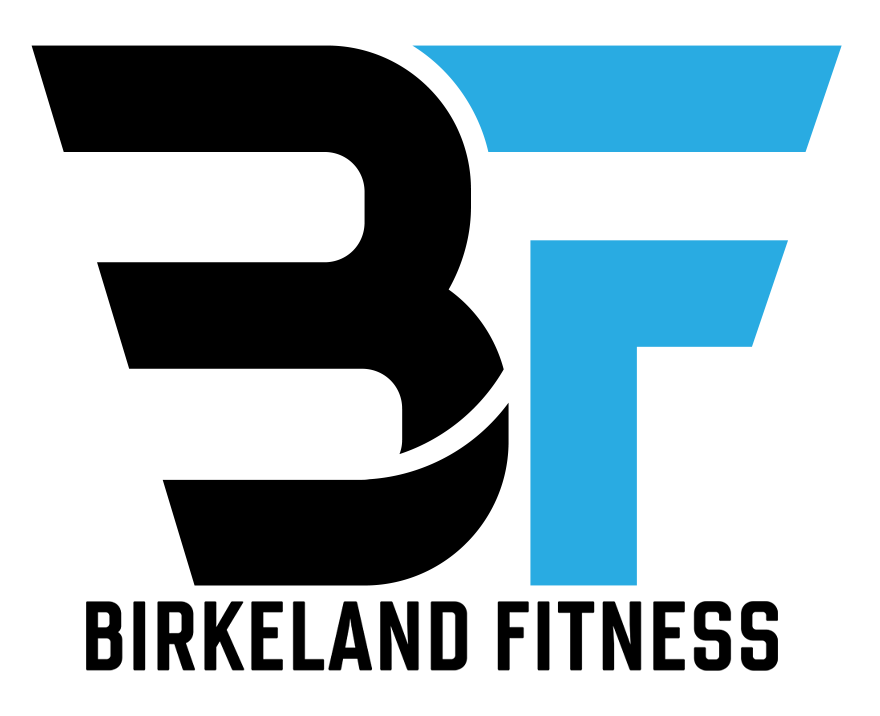Training for Hypertrophy
There are many options for what one wants out of training, so with that comes different approaches to training. Hypertrophy is one of the approaches, and it means to build muscle. Training always results in breaking down muscle proteins, so the goal of training for hypertrophy is to exceed the number of muscle proteins that are broken down when rebuilding them. There are two main components that come into play when training for hypertrophy, them being mental and physical. With this in mind, let’s go over the basics on how to best approach training to build muscle!
The start of training for hypertrophy is a period that can be hard for many. Often, the first month or two are associated with minimal changes in muscle growth. However, this period is associated with increases in strength and the development of neuromuscular patterns that are used to execute an exercise smoothly. In the beginning, the body is not used to using singular muscles at a time so during the period the body will start building an ability to recruit more muscle fibers. Because of this, it is essential to be prepared for minimal physical changes for the first one to two months.
The next period is between the first or second month to the first year of training. This is the period where muscle hypertrophy is at its greatest and one can see the biggest improvements in physical change. To put it into perspective, it is highly possible to gain 15-20lbs (6.8-9kg) of lean muscle mass. It is important to keep in mind that one will see a decrease in muscle mass gain over the same time frame following the first year. Having the above in mind, let’s go into the principles of the workouts.
Starting off with the principle of specificity. To see an increase in the size of a certain muscle one must work out that exact muscle. Putting it into perspective, there will be no change in the size of the chest if only working out the back, and vice versa. Therefore, it is important to train all parts of the body to have optimal growth.
Progressive overload is another factor that plays a role in optimal muscle hypertrophy. This means that to see improvements, there is a need to push the body past its current limits. To achieve this, one can make changes to several factors, including weight, sets, repetitions, and intensity of the workout. This needs to happen on a constant basis, so a mentality of being outside your comfort zone is crucial. If not kept up with, the principle of reversibility comes into play. Essentially, what this principle is about is the “use it or lose it” factor. This means that if training is stopped, the muscles will decrease in size and going back to their original size.
Let’s talk about the repetition and set range that is optimal for hypertrophy training, starting with the repetition range. For hypertrophy training, a repetition range between 6-12 and 13-15 is optimal. This is due to it being an optimal combination of mechanical tension, metabolic stress, and muscle damage. The result of this is an optimal anabolic response, which is what we are looking for. One thing that might help to increase hypertrophy is increasing strength, which is optimal with a repetition range of 1-5 repetitions. Therefore, including training at higher and lower repetition ranges is recommended.
When it comes to the optimal number of sets for muscle hypertrophy, there is a lot of information out there that can make this confusing. However, the general rule for sets is performing 3-5 sets for every exercise performed during a workout. However, utilizing supersets and drop-sets can be helpful for optimizing hypertrophy. Supersets entail that two exercises are performed right after each other without any rest in between the sets. Drop-sets entail that a set is performed until, or close to, failure before dropping the weight and performing another set, also without rest between the sets. The goal of supersets and drop-sets is to increase the overall volume of a workout, which then will help with the progressive overload.
Continuing with exercise selection. Training for hypertrophy requires a wide variety of exercises for each muscle group to optimize hypertrophy, meaning that one should perform exercises that work muscles from different angles. This is due to muscles having several attachment points on the body, so to utilize the entire muscle, the body needs change. In short, the recommendation is to change exercise selection every 4-6 weeks, including free weights, cables, machines, and bodyweight movements.
When it comes to rest in between sets, there is a wide range of which is optimal for muscle hypertrophy. This range is between thirty seconds and two minutes. Any less than thirty seconds will not give the muscle fibers enough time to recover, and anything more than two minutes will have a negative impact on protein synthesis which is needed for muscle hypertrophy. Therefore, staying within this range will help with the overall growth of the muscle fibers.
Tempo is another factor that should be accounted for when training for hypertrophy. Tempo consists of two parts, a concentric movement, and an eccentric movement. A concentric movement is the part of the lift where the targeted muscle is stretched out to where it is flexed. An eccentric movement is the part of the lift where the targeted muscle is flexed to where it is stretched out. For the concentric part of the lift, it is recommended to perform the movement fast to activate as many muscle fibers as possible, meaning it should be about one second. However, for the eccentric movement, it is recommended to go slower, creating a negative movement. This negative movement will then result in more muscle fiber damage, exactly what is needed to rebuild them stronger and bigger. The recommended time for the eccentric movement is two to three seconds.
Lastly, frequency of training. When starting to work out, it is recommended to start with fewer workouts. This means that starting with two to three workouts will be a good start. Then, progressively increasing the sessions to five or six days per week would lead to optimal muscle hypertrophy. Keep in mind that every muscle in the body requires forty-eight hours in between sessions to fully recover, so using a split routine where multiple muscle groups are being worked out can be a good approach to work out all muscle groups once to twice per week.
As you can see, there are many factors to optimize muscle hypertrophy. Keeping all of these factors in mind will help you on your journey, so having a customized and strategic program will be essential for achieving optimal muscle hypertrophy.

